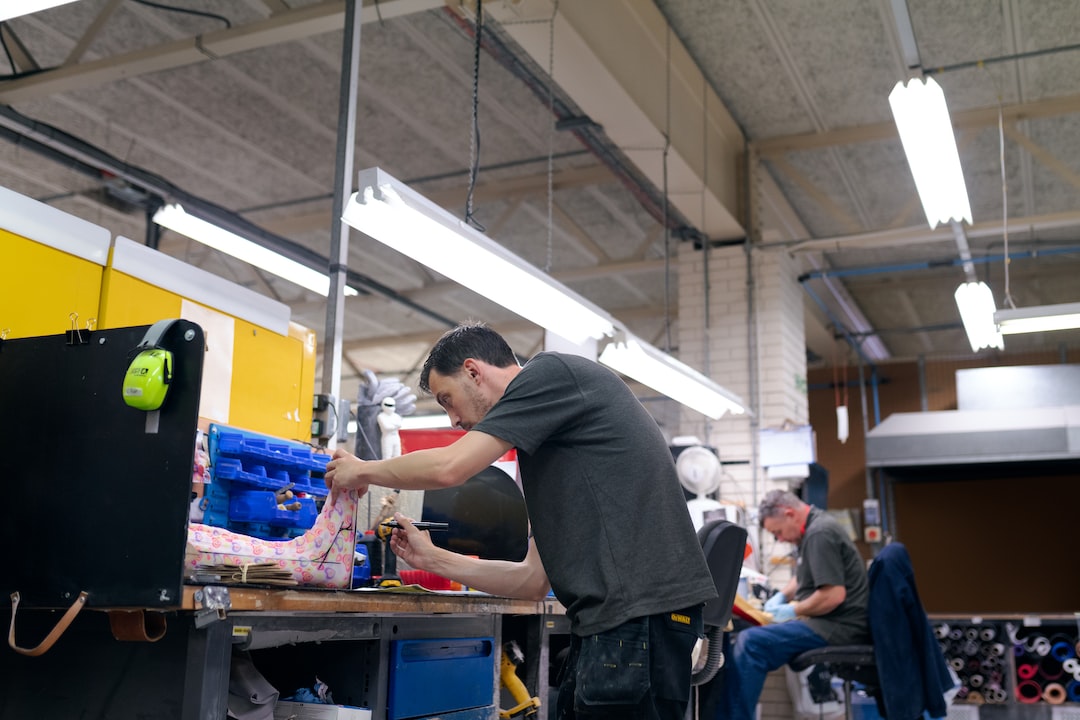Additive manufacturing, more commonly known as 3D printing, has been making waves in various industries over the past decade. What once seemed like a futuristic concept is now transforming the way we manufacture products. As the technology continues to advance rapidly, it is crucial to explore the future of additive manufacturing and the potential it holds.
One of the key areas where additive manufacturing is flourishing is in the medical field. 3D printing has revolutionized the production of prosthetics, dental implants, and even human tissue. The ability to create customized and intricate designs with ease has made a significant impact on patient care. In the future, we can expect additive manufacturing to play an even more significant role in the production of medical devices, ranging from implants to organs. This technology could potentially provide solutions to organ shortages and allow for more efficient and personalized treatments.
Another sector set to benefit from additive manufacturing is aerospace. The ability to create complex and lightweight parts has the potential to revolutionize aircraft manufacturing. Currently, aircraft parts are often made using traditional subtractive methods, which are time-consuming and result in a significant amount of waste. With 3D printing, these parts can be produced in a more cost-effective and environmentally-friendly manner. In the future, we may see entire planes being manufactured using additive manufacturing technologies, reducing costs and improving fuel efficiency.
The automotive industry is also expected to undergo a transformation with the help of additive manufacturing. From manufacturing spare parts to creating customized interior components, 3D printing has the potential to streamline the production process. With the rise of electric vehicles, the demand for lightweight and efficient parts will only continue to grow. Additive manufacturing provides a viable solution to meet these requirements. Moreover, the ability to print parts on-demand could significantly reduce inventory costs and production lead times.
Consumer goods are another area where additive manufacturing is expected to make a significant impact. The ability to create personalized and on-demand products has the potential to revolutionize the retail industry. From customized clothing to unique home decor items, consumers will have the ability to create products tailored to their individual preferences. This shift towards personalized manufacturing could disrupt traditional supply chains and result in a more sustainable and consumer-centric industry.
As the future of additive manufacturing unfolds, it is essential to address the challenges that lie ahead. Ensuring the quality and consistency of 3D printed products, as well as the safety of materials used, will be key areas of focus. Intellectual property rights and regulatory frameworks will also need to be adapted to accommodate this technology. Additionally, continued research and development will be crucial to unlocking the full potential of additive manufacturing.
In conclusion, the future of additive manufacturing holds immense promise across various industries. From healthcare to aerospace, this technology has the potential to transform the way we produce and consume products. With further advancements and research, we can expect to witness a revolution in manufacturing processes, resulting in more efficient, customized, and sustainable products. The future of additive manufacturing is here, and the possibilities are limitless.

